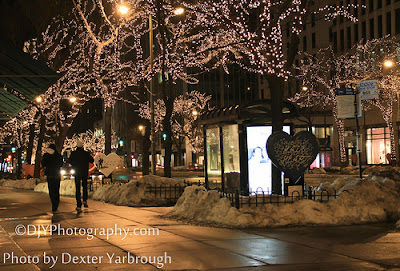 |
| From Dexter Yarbrough's Photos |
The latter (SLRs) appeared in the market when an obvious discrepancy appeared in photography at the time—what a photographer sees in the viewfinder is not precisely what is seen through the lens. Hence, it is not as precise as can be desired. SLRs had a mechanism that allowed a look through the lens itself, and had certain features that heightened the clarity and aesthetic effect of the image captured. When the shutter is pressed, a mechanism shifts the film to the right spot for the shot.
Digital SLRs (DSLRs) have this same function, except modified so that the images taken would be saved onto a memory card. Many professional photographers such as Dexter Yarbrough use DSLRs for their convenience especially in memory. Storage medium is very cost-efficient with DSLRs, as these days film rolls cost more with fewer photos stored, and with processing adding to the cost.
 |
| From Dexter Yarbrough's Photos |
In the end, both types have their advantages and disadvantages. It is the photographer’s preference on which type to see as superior.
Dexter Yarbrough is well known photographer in Chicago for his photography and portraiture. Find out more in his website at www.dexteryarbroughphotography.com.
 |
| From Dexter Yarbrough's Photos |


